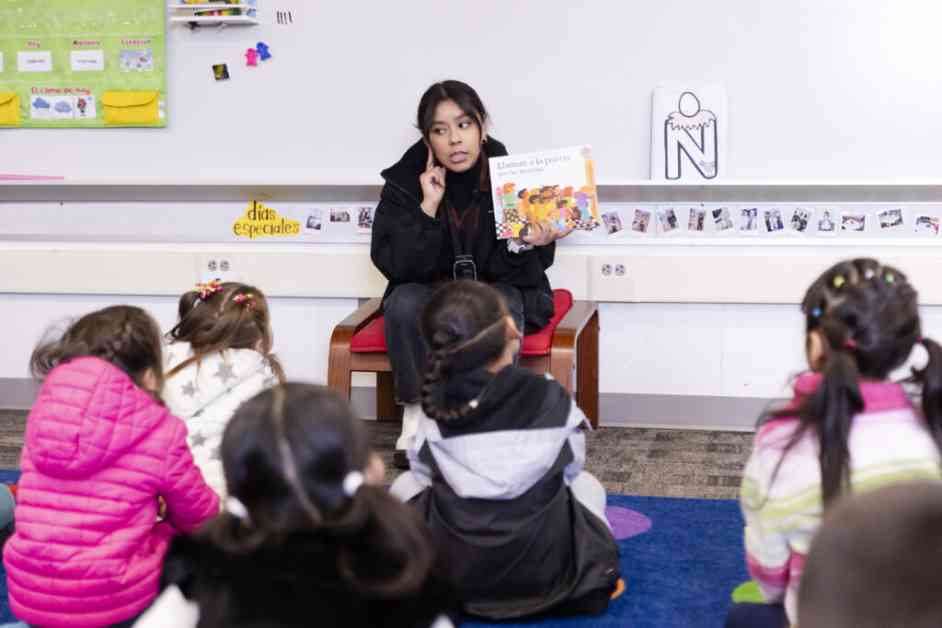Investing in Long-Term Bilingual Teacher Training for California Schools
Photo courtesy of SEAL
In a world where speaking more than one language is not just a skill but a superpower, California schools are at a crucial crossroads. The economic, academic, social, and emotional benefits of multilingualism are clear, yet the path to achieving these advantages remains uncertain. Families across the state, spanning all political affiliations and language backgrounds, are increasingly recognizing the value of bilingual education for their children. However, the road to making bilingual or dual language classrooms the norm in California schools is long and winding, particularly in communities with significant numbers of English learners.
The Urgent Need for Change
A recent report from the UCLA Civil Rights Project highlights the urgent need for long-term investment in bilingual education in California. Proposition 227, passed in 1998, mandated English-only education for English learner students and dismantled bilingual teacher preparation programs. While Proposition 58 in 2016 aimed to overturn this decision, the repercussions of decades of “English-only” education are still being felt today. The lack of qualified bilingual teachers in California, despite a growing demand for them, underscores the critical need for sustained resources and incentives to train teachers, set up classrooms, and ensure the success of bilingual programs.
California’s Leading Role in Bilingual Education
Despite the challenges, California remains a leader in supporting bilingual education. Initiatives like the English Learner Roadmap and Global California 2030 demonstrate a commitment to improving critical thinking skills, family relationships, and earning potential through multilingual education. Programs like the Bilingual Teacher Professional Development Program and English Learner Roadmap Implementation for Systemic Excellence are making strides in fulfilling these goals. However, one-time grants and visionary policies alone are not enough to create lasting change.
A Call for Sustainable Solutions
To truly transform bilingual education in California, schools and districts need ongoing funding sources and incentives to train bilingual teachers, establish high-quality programs, and engage families. By looking to states like Texas, where bilingual education is flourishing due to mandated programs and extra funding, California can learn valuable lessons on how to expand bilingual models in classrooms. Long-term solutions, modeled after successful initiatives like First Five, can provide the necessary resources to build a robust bilingual teacher pipeline and incentivize schools to prioritize multilingual education.
Investing in Our Children’s Future
Language is the key to unlocking a world of opportunities for students. By investing in long-term bilingual teacher training and sustainable funding sources, California can ensure that every child has access to the benefits of multilingualism. As Anya Hurwitz, president of SEAL, aptly puts it, “Language is the vehicle of learning.” It’s time for California to invest in bilingual education for the long haul and create a sustainable future for our most precious resource: our children.
